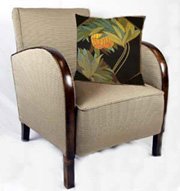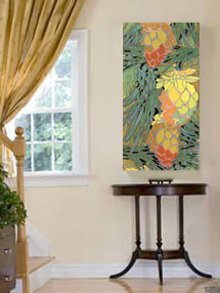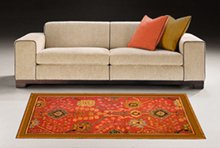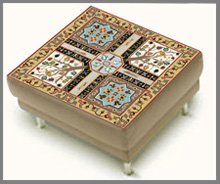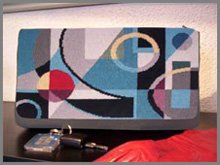JAPANESE CUSHION DESIGNS:
ELEGANT MINIMALISM

We adapted our minimalist Japanese cushion designs from rare colour Japanese woodblock images from the 1920’s.
WHAT IS THE JAPANESE STYLE?
IMAGES
Japanese designs tend toward a paring down to essentials, an attempt to capture the basic form and characteristics of a specific subject.
These images are usually not meant to be realistic and may not even be in lifelike colours: for example, flowers designs may be reduced to bare essentials.
Japanese painting style allowed for greater spontaneity and individuality and tended to be both more abstract and more naturalistic than Chinese painting.
THE JAPANESE STYLE: COLOURS
Generally speaking, we see muted and neutral colours but with accents of red, black, occasionally yellow (this is more Chinese) and the cool green of sushi.
JAPONISM:
THE INFLUENCE OF JAPANESE DESIGNS AND ART
Japanese designs became the sensation in Europe and the United States after the country reopened for trade in the 1880s.
They were very influential in the development of both fine arts and decorative arts in Europe and America throughout the late 19th and early 20th centuries.
And their influence has continued to today.
Here are some examples:
Most of the Impressionist and Neo-Impressionist artists, as well as the members of the Aesthetic movement, were deeply influenced by this new approach to representation.
Arts and Crafts Movement in Great Britain: The first global showcase of Japanese decorative arts was the 1862 International Exhibition in London. The exhibition created a great clamour and designers and craftsmen across Europe and North America were soon producing work in the Japanese style.
The
asymmetry of Japanese designs fused with that of Rococo to inspire Art
Nouveau designers. Many Parisian artists and artisans had a passion for all
things Japanese, even bringing craftsmen from Japan to teach them their
techniques, such as painting metal.
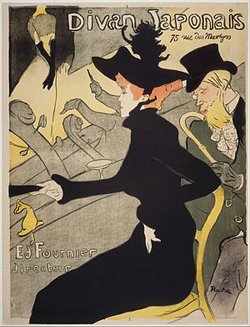
Henri de Toulouse Lautrec
In the 1890's, European artists, like Toulouse-Lautrec, (right) were especially affected by the Japanese...
- lack of perspective and shadow,
- the flat areas of strong color and flat silhouettes,
- and the compositional freedom gained by placing the subject off-centre, mostly with a low diagonal axis to the background.
Vincent Van Gogh
Insects, birds, flowers (including cherry blossoms and chrysanthemums) bamboos and fans all found their way into the Western artists’ and artisans’ studios.
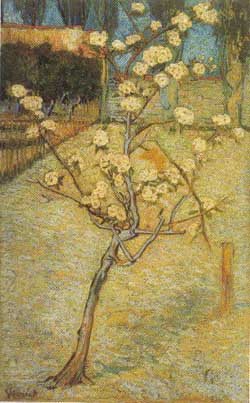
You can see this influence with Van Gogh’s Post-Impressionist painting “Poirier en Fleurs” (Pear Tree in Blossom) which depicts the asymmetry and light touch of Japanese art.
Vincent Van Gogh was quoted as saying “All my work to some extent is based on Japanese art.”
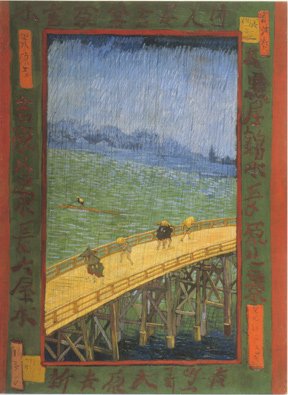
Another impact
on his paintings were the Ukiyo-e Japanese Wood Block Prints.
While these images remained realistic, their simplified palettes, unusual viewpoints, minimalistic arrangements, and flattened space inspired him and other European painters to experiment with their compositions.
This is very evident with his painting (above) “Le Pont sous La Pluie” (d’après Hiroshige) 1887.
In the 1920s and later, designers and architects
like Eileen Gray, Charles Rennie Mackintosh and Frank Lloyd Wright
were influenced by the Japanese mastery of proportion, minimalism, and the
disciplined use of materials.
One hundred years later, Japanese style was the defining influence on 1990’s Minimalism.
‘BLUE IRISES’ JAPANESE DESIGN
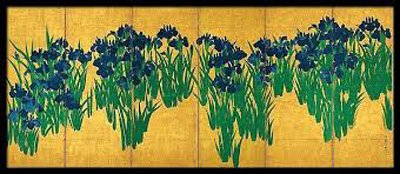
The original ‘Irises’ (above) are a pair of six-panel folding screens by the Japanese artist Ogata Kōrin created at the beginning of the 18th century.
The screens are now held by the Nezu Museum, in Tokyo, Japan and they are a National Treasure of Japan.
In turn, copies of the screens are believed to have influenced the Post-Impressionist paintings of Vincent van Gogh, including his Irises (1889).
THE ORIGINAL PAINTED PANELS
Kōrin has depicted an abstracted view of water with drifts of Japanese irises in the classic ‘pared-down’ Japanese Style.
He adopted a very restrained and minimalist palette, limited to the ultramarine blue of the flowers, the green of their foliage, and the gold background.
The work was painted with ink and colour on paper, with squares of gold leaf applied around the painted areas to create a shimmering reflective background reminiscent of water. The similarities of some blooms indicate that a stencil was used.
OUR ADAPTATION
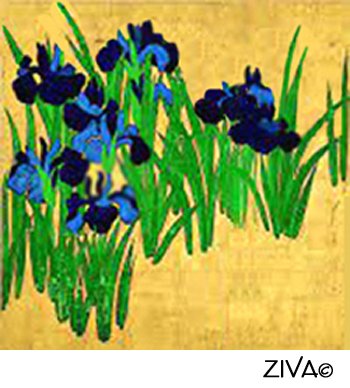
- We adapted one of the original Japanese panels to create an asymmetrical delicate design called ‘BLUE IRISES’ cushion.
We retained the rich disciplined colour palette of blue irises in bloom, and their green foliage with gold-coloured background.
BACKGROUND PAINTING TECHNIQUE
You can choose either:
- Painted Textured with a palette of 3 golds from light to medium or
- Plain background in light or medium gold
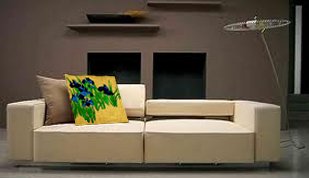
AN ELEGANT ACCENT TO THIS NEUTRAL INTERIOR!
Also adapted from the original screen design, we have created a larger ‘BLUE IRISES’ wall hanging design !
Have a look!
THE
CHRYSANTHEMUM
IN JAPANESE DESIGNS
Imported from China during the eighth century, the chrysanthemum has long served as the official flower of Japan.
The Japanese monarchy is known as the Chrysanthemum Throne, and the exquisite blossom is widely revered as a symbol of longevity, dignity, and nobility.
‘CLASSIC CHRYSANTHEMUMS’
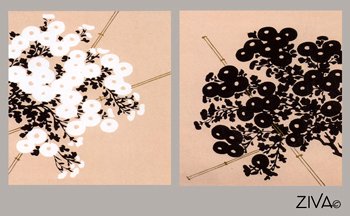
A classic minimalist example of the paring down of colours!
These two asymmetrical Japanese cushion designs called ‘Classic Chrysanthemums’ have a disciplined palette of neutral black or white flowers, black stems and leaves…. with graphic accents of a diagonal bamboo motif!
To complete the elegant minimalist affect, we have introduced only one colour with a background of a muted ‘cherry blossom’ colour.
COLOUR OPTIONS
Both patterns will also be available with all the flowers in white, or all the flowers in black…… each still with the black stems and leaves. Your choice!
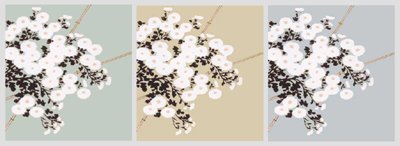
Also, the background colour can be changed to suit the colours in your décor. For example, we have shown above a soft range of grey-green, taupe, and grey-blue to give you an idea of what is possible!
Just let us know when ordering!
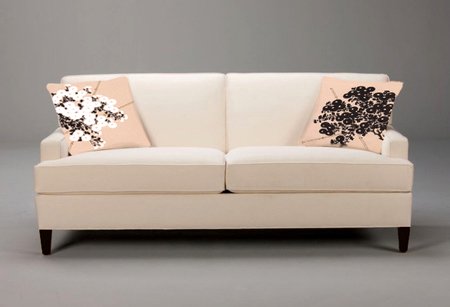
These two elegant Japanese cushion designs add just a perfect touch of sophistication to this neutral contemporary sofa.
They would look equally stunning with more traditional period furniture!
‘COLOURFUL CHRYSANTHEMUMS’
Classically, Japanese patterns and colours are usually not meant to be
realistic and may not even be in lifelike colours…. as shown with the black
flowers above.
Bright patterns of juxtaposed colors, often rendered in flat planes reminiscent of woodblock prints, created a flattening effect that became central to Modernist painting.
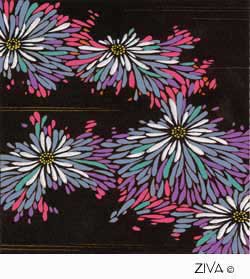
With this concept in mind, we’ve taken more liberty with the flower colours and added a stunning range of blues, turquoises, mauves and fuchsias to give this traditional Japanese design a contemporary edge.
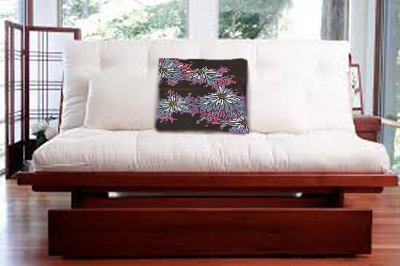
Perfect for today’s modern interiors…. including those with other Japanese furniture and furnishings details!
‘WHITE PETALS’
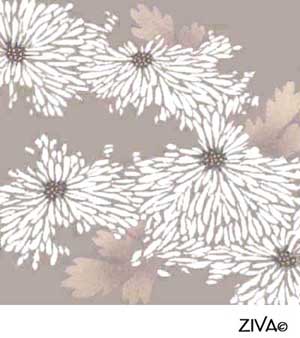
SAME DESIGN….. BUT WITH A MINIMALIST COLOUR PALETTE!
By limiting the numbers of colours to just off-white, light taupe and greys, the focus of the design is completely redirected to its asymmetrical composition.
With adding soft chrysanthemum leaves in a taupe colour, this classic Japanese juxtaposition of common objects adds even more fluidity to the composition.
This timeless motif will work in any interior… modern or traditional!
For more background on Japanese design influence since the late 19th century, go to JAPANESE DESIGNS and have a look at our Japanese minimalist designs for needlepoint wall art.
Go CUSHION SHOPPING for pricing
Go back to the Cushion Designs page to see our extensive range of cushion designs
From these exquisite Japanese designs, go back to the Home page
Like This Page?
Translate any page on this site to your language!


NEW!
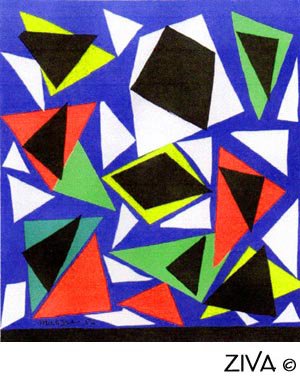
NEW!
'MATISSE TRIANGLES' CUSHION DESIGN
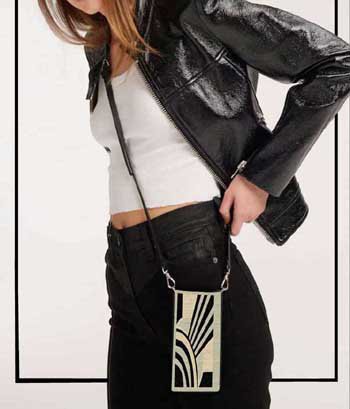
NEW!
FREE ART DECO CELL PHONE OR GLASSES CASE DESIGN
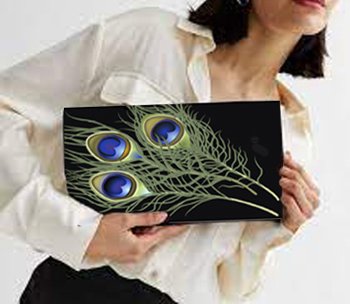
NEW!
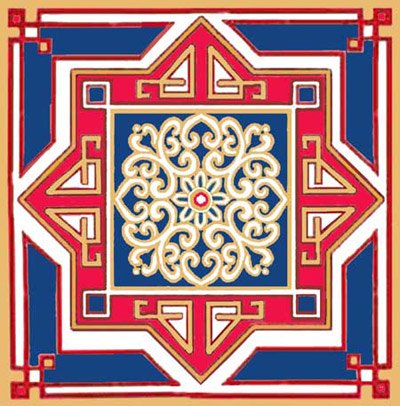
NEW!
THREE FREE
ANCIENT CHINESE CUSHION DESIGNS
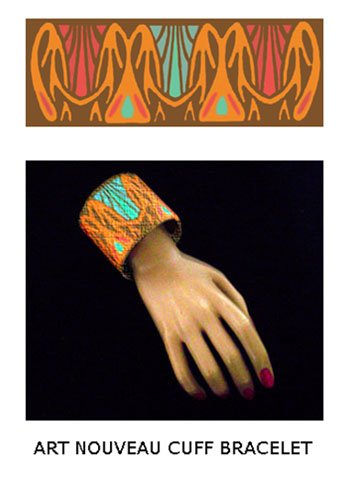
NEW!
THREE FREE
ART NOUVEAU
CUFF BRACELETS DESIGNS
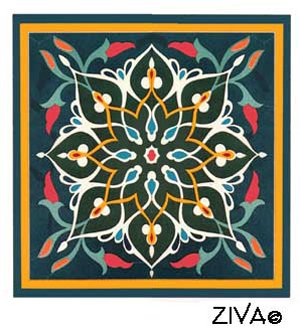
NEW!
TWO PERSIAN
OR

NEW!
GAUDI'S STAINED-GLASS CUSHION DESIGNS
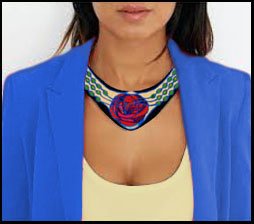
NEW!
ANOTHER MACKINTOSH INSPIRED DESIGN!
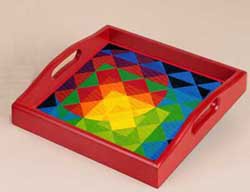
WITH MANY USES...
TRAY, FRAMED, CLUTCH BAG OR CUSHION!
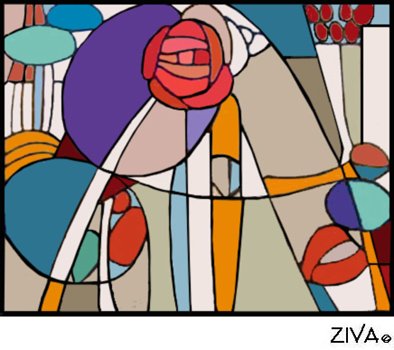
TWO MORE
STAINED-GLASS DESIGNS
FOR CUSHIONS

TWO MORE
JAPANESE DESIGNS
FOR
OR
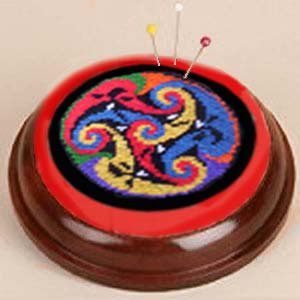
FOR YOUR WRIST OR ON A BASE
YOU CHOOSE!
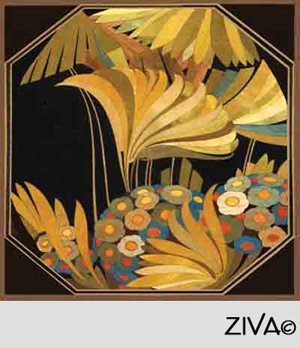
MORE!
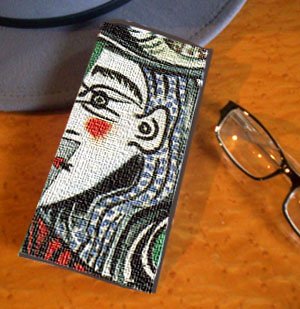
INSPIRED BY A PICASSO PAINTING!
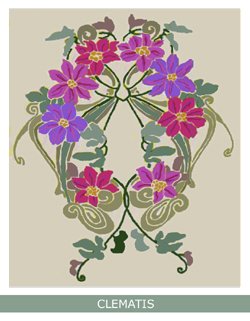
FOUR MORE
FRENCH COUNTRY DESIGNS
FOR
OR
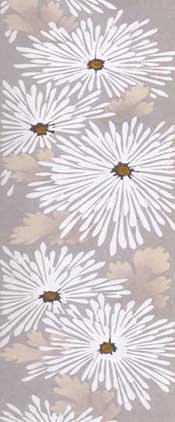
MORE!
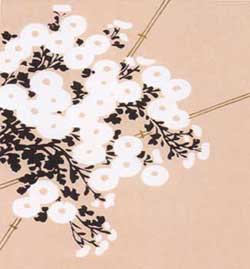
NEW!

NEW!
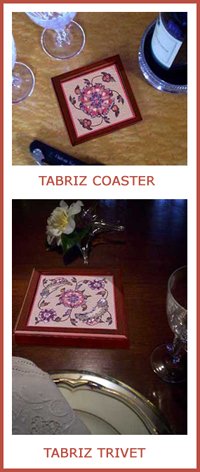
NEW!
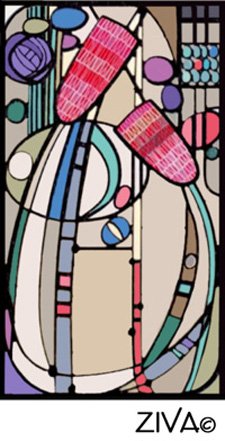
NEW!
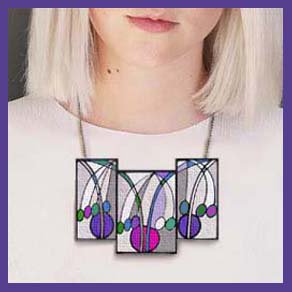
NEW!
INSPIRED BY MACKINTOSH!
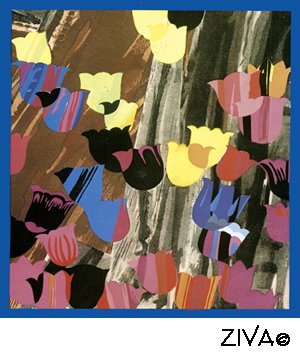
NEW!
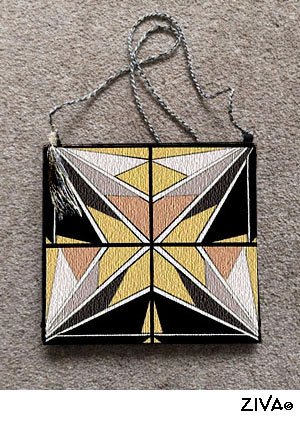
NEW!
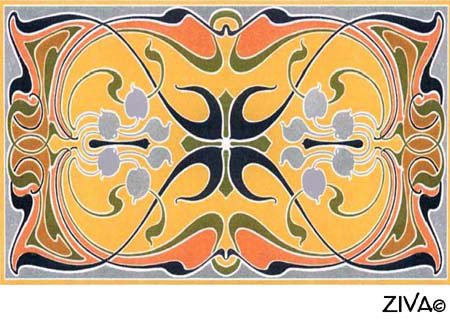
MORE
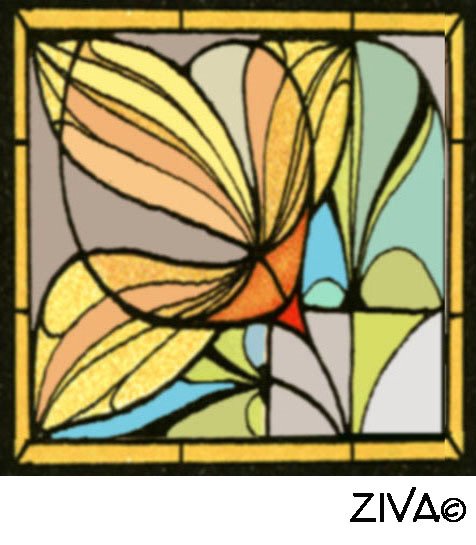
MORE
STAINED GLASS CUSHION PATTERNS

NEW!
FOR CHRISTMAS STOCKING!
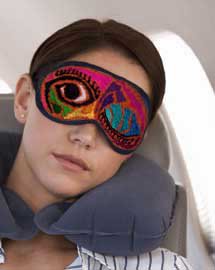
NEW!
INSPIRED BY PICASSO!
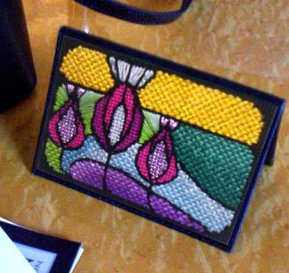
FOR A COIN PURSE OR CARD HOLDER
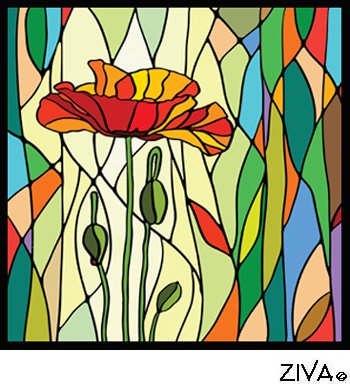
NEW!
FOR CUSHIONS

FOR LOTS OF MAKING UP IDEAS!
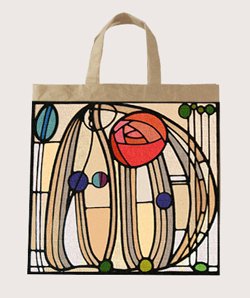
FOR TOTE BAGS OR HANDBAGS
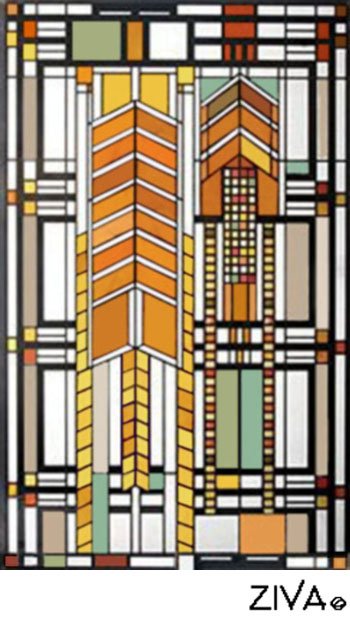
FOR NEEDLEPOINT ART
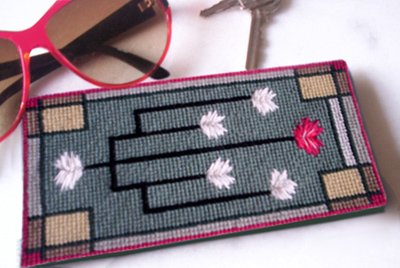
IN THE PRAIRIE STYLE!
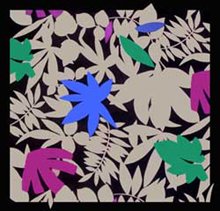
INSPIRED BY
MATISSE!
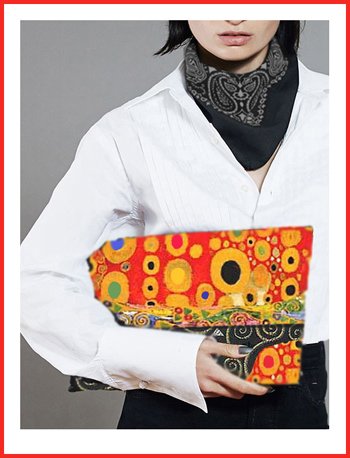
INSPIRED BY
GUSTAV KLIMT!
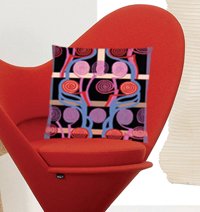
INSPIRED BY
MACKINTOSH!
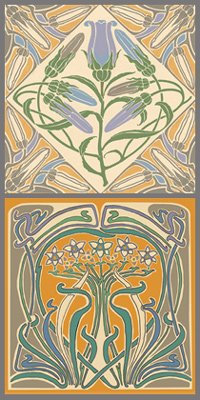
CUSHION DESIGNS

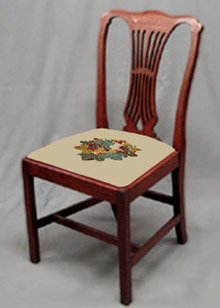
'MY FRENCH COUNTRY' SERIES
